|
Bumblebees; those furry fliers that create a buzz in the borders Amazing insects with a sometimes clumsy, bumbling flight around the trees and flowers of the garden. and along with ladybirds and butterflies are perhaps the only insects that most people would recognise and almost everyone likes. They are an important part of your garden and the wider ecosystem, they are expert pollinators for fruit crops such as strawberries as they have this neat little trick called buzz pollination where they vibrate their wing muscles at a particular frequency. This creates clouds of pollen and as the hairs on a bumblebee are negatively charged the pollen grains just fly toward them; a great way to get loads of pollen very quickly from the flowers they visit. Often it is honeybees that are feted as the great pollinators of our crops and wild plants, but recent studies have shown that it is actually bumblebees that do most of the work. A staggering one third of the 100+ bee species in Ireland are at risk of extinction, since 2012 monitoring has shown an annual decline which has led to a dramatic fall in overall bumblebee numbers. Several reasons are cited for this rapid loss that includes habitat loss, pesticide poisoning, climate change and hunger because of a lack of wildflowers as traditional meadows and road verges are eliminated. Really common species that were widespread everywhere are being lost in particular areas, literally because there’s nowhere for them to live and nothing for them to feed on.
You may find some grounded bumblebees during cold spells in the spring, these are often emerging queens and you can help them by feeding them or moving them somewhere warm. Bumblebees often fly in air temperatures as low as 10oC, sometimes even lower but they cannot take off until their flight muscles are above 30oC, So, how do they do this? To raise the muscle temperature for flight they simply uncouple their wing muscles so that the wings themselves do not move, and use the muscles to shiver. In doing this, they raise their thorax temperature and when they're warm enough, they can fly. How to Help Bumblebees No matter what size garden you have, even if it is just a windowbox, you can do something for bumblebees. Planting at least two kinds of bee-friendly flowers for every flowering period, ones that are rich in pollen and nectar and which bees can easily access, will give them a constant source of energy If you're thinking of providing bumblebee habitat, the best are those that offer plenty of wild flowers that are native to the area you live, flowers they can feed on during the entire active phase of the annual life-cycle, from March until October. This will ensure that there is a good supply of pollen at all of the crucial times: when the queens are establishing nests, when nests are growing, when nests are producing new queens and males and when queens are fattening themselves up in readiness for winter hibernation For most bumblebees species, winter is a time for hibernation but not for the Buff-tailed bumblebee -Bombus terrestris. For this species, winter can be just as busy a time as the rest of the year and in warmer parts it may be fully active even when temperatures are close to freezing and there is snow on the ground.
These sturdy little bees are feeding upon the few winter-flowering plants that will give them the nectar they are searching for. You can help to feed winter-active bumblebees by planting Mahonia, Viburnum x bodnantense, hellebores, winter heathers, winter-flowering honeysuckle and snowdrops. Not only do they help the bumblebees they add a touch of colour to your winter garden too.
0 Comments
Leave a Reply. |
WildEdges
A haven of quiet countryside highlighting issues affecting the natural world. Categories
All
|
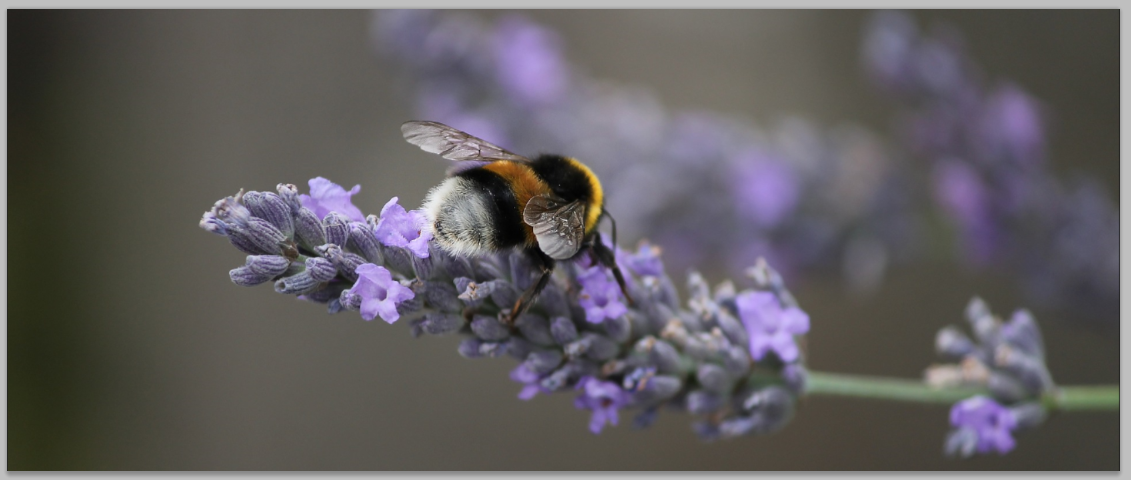
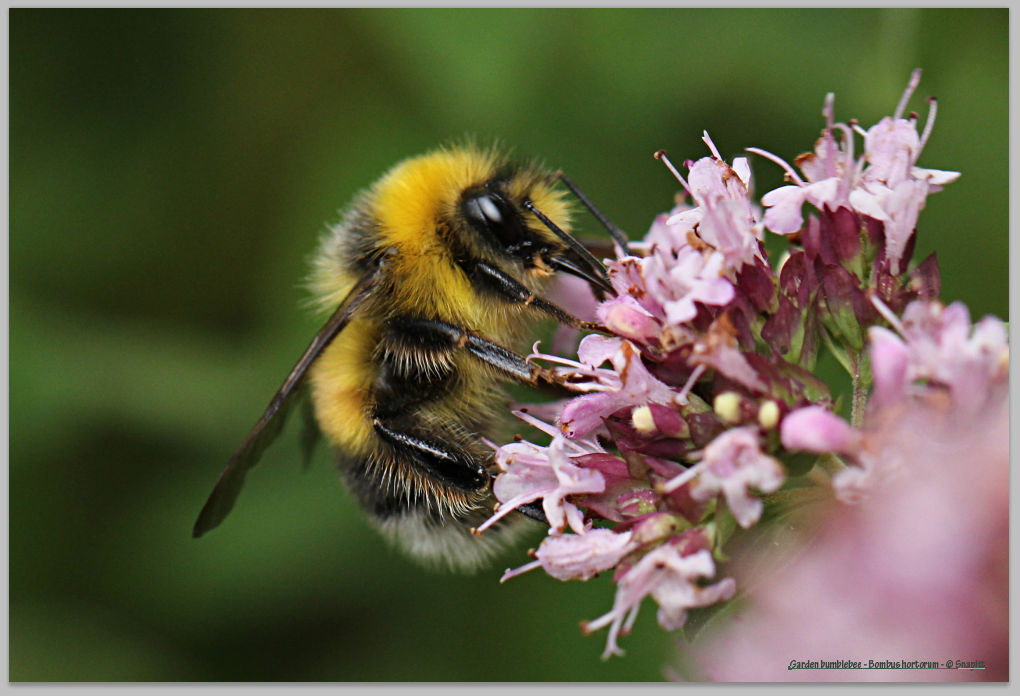
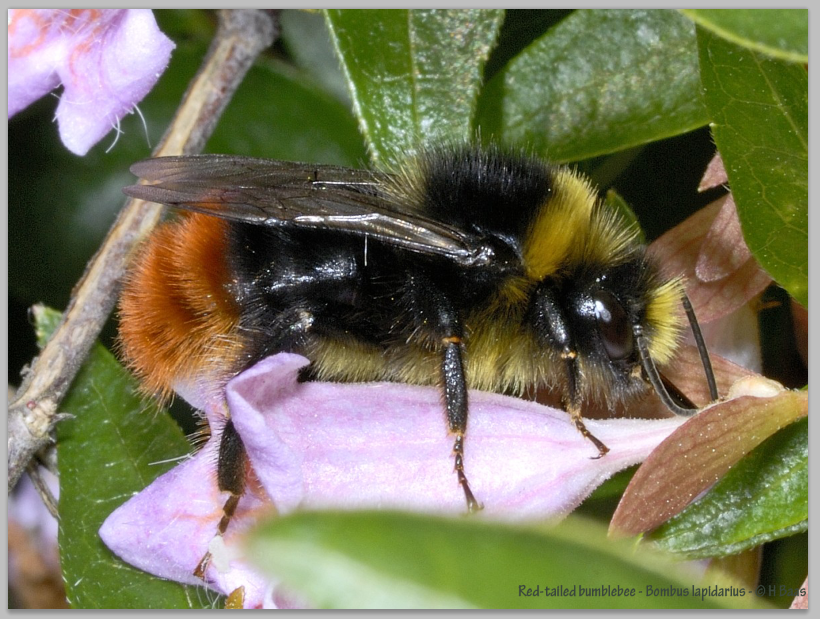
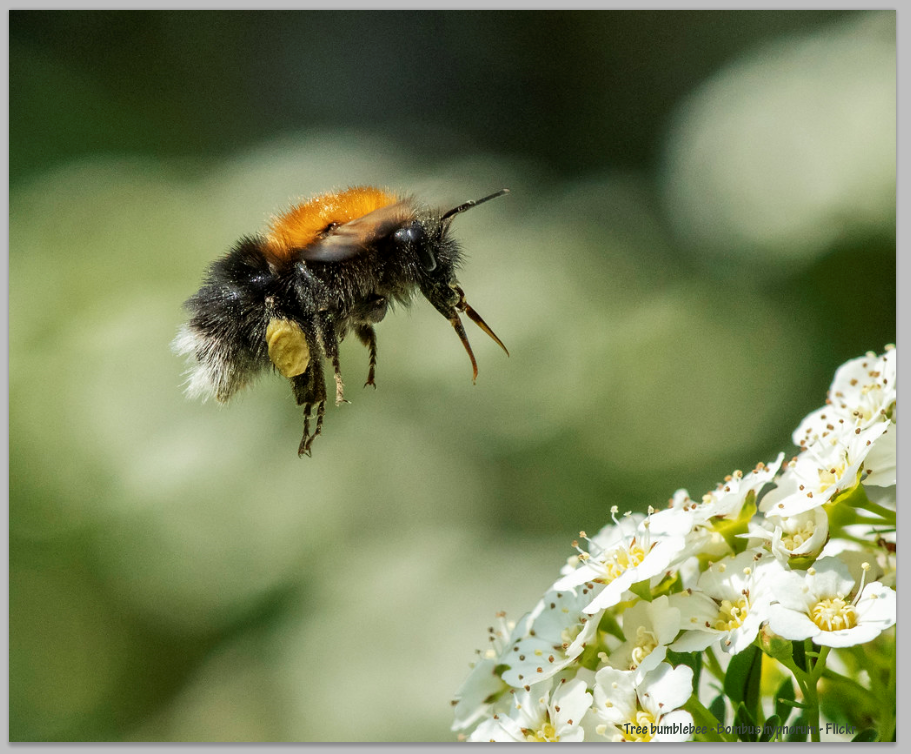
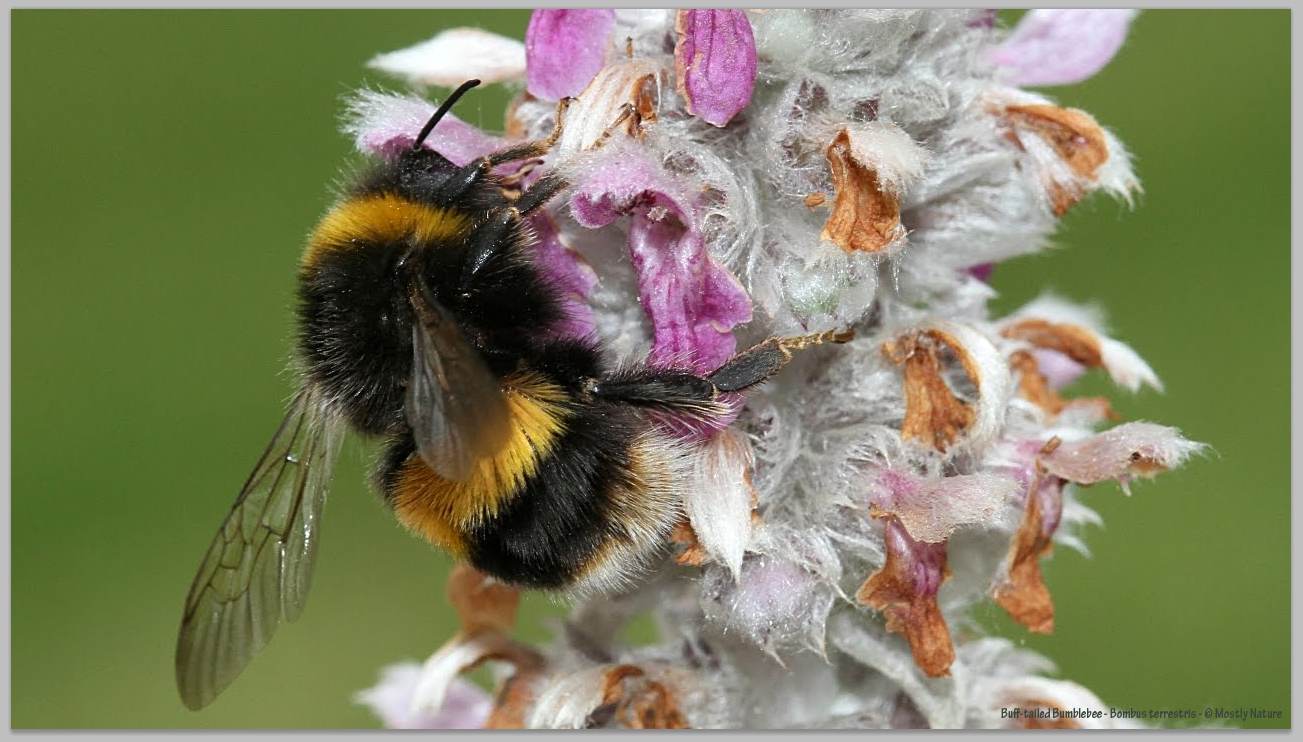
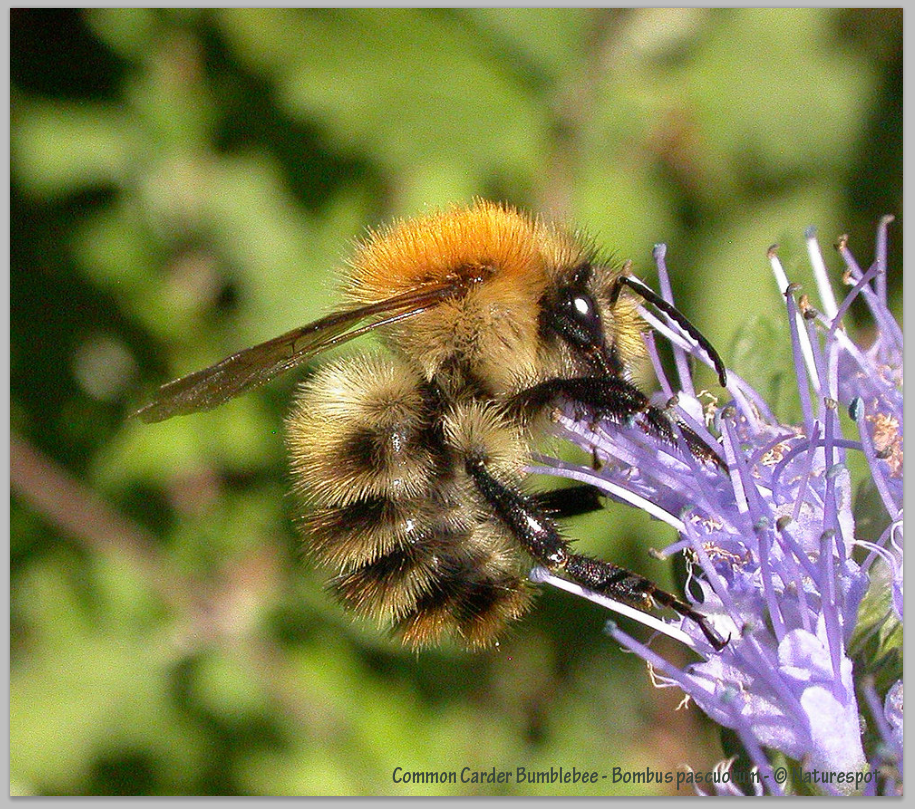
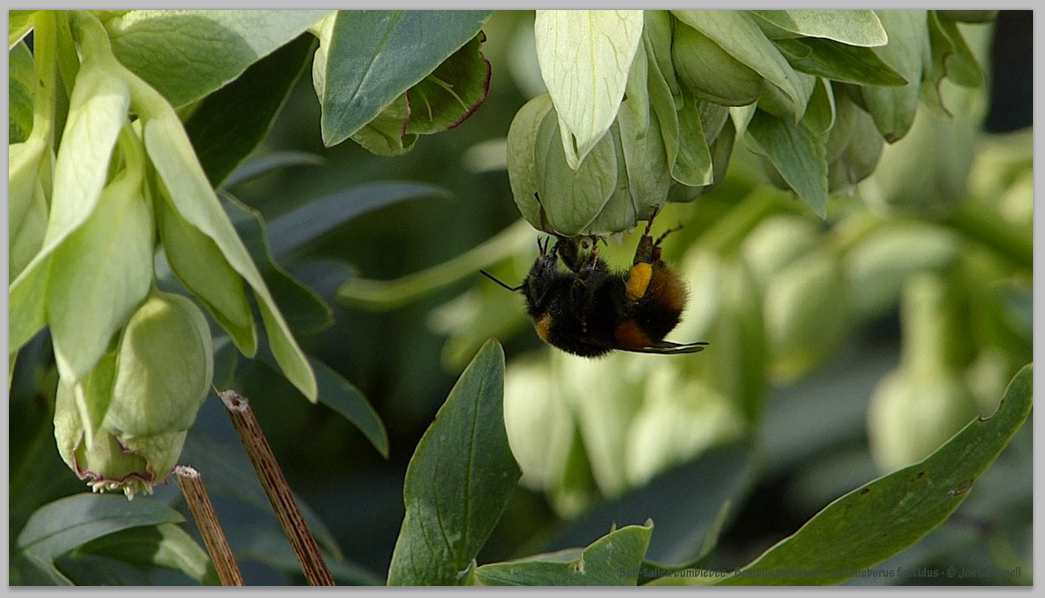
 RSS Feed
RSS Feed